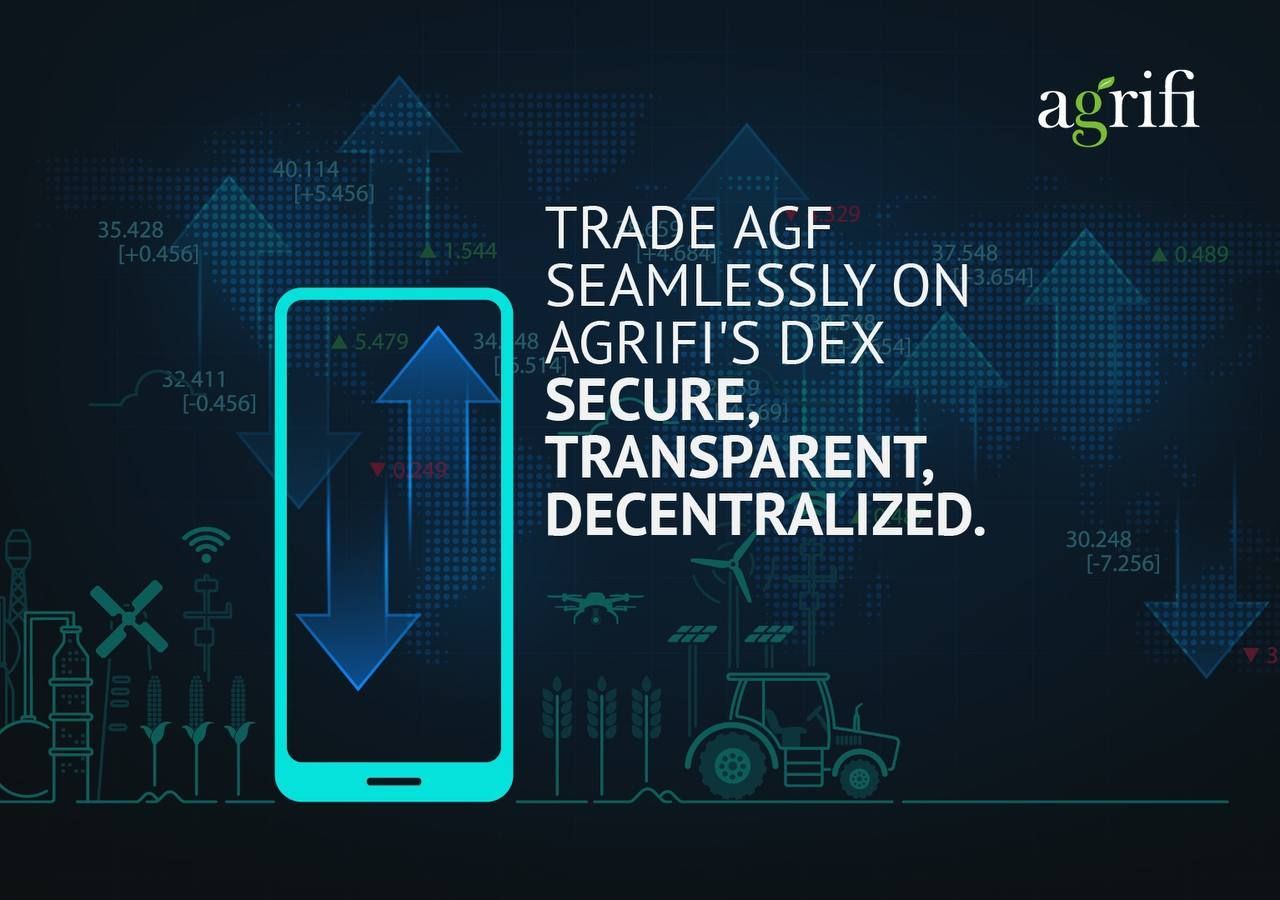Cryptocurrency Mining Pools – All You Need to Know About Them
Crypto mining is the practice through which transactions are confirmed and added to a blockchain public ledger. It has always been one of the most attractive endeavours in the world of Bitcoin. Crypto mining entails verifying transactions, which is time-consuming and computing power-intensive calculations. Miners then get rewarded for their efforts, usually with tokens of the cryptocurrency. As much as the yield from mining might vary, for some, it has a greater appeal than buying bitcoins.
Technologically, mining is a process that supports the development of Bitcoin and other cryptocurrencies by using the Proof-Of-Work algorithm. Also, this task has technical challenges that aren’t attractive to many enthusiasts of these new technologies. With time, Bitcoin mining grew to large solitary “mines” filled with specialized equipment for this specific activity. During this time, mining became like a lottery with very low odds to mine an entire block, which eventually gave rise to “pool mining.” Pool mining became more relevant over time and became a preferred method on how to ensure monetary gains from mining.
Understanding Crypto Mining Pools
Crypto mining rewards may appear lucrative, but the process involved is complex. For example, Bitcoin’s mining process is set up in a way that if more miners attempt to mine the available cryptocurrency tokens, it increases the amount of computing power dedicated to mining. It pushes up the difficulty level of mining.
A miner will have to spend hundreds if not thousands, on an expensive and specialized platform. They will also incur the electricity costs. Individual miners, therefore, may not find mining cryptos a profitable venture. These reasons saw mining pools dominate the cryptocurrency mining world.
A mining pool is a procedure for a group of miners to work together to smooth out their mined coins. The pool includes multiple generating clients contributing to the generation of a block. They later split the block reward according to the added processing power. Using a mining pool effectively reduces the granularity of the block generation reward, spreading it out more smoothly over time.
In simpler words, bitcoin mining pools are a way of bitcoin miners to pool their resources together and share their hashing power while splitting the reward equal to the shares they contributed.
Here’s a list of criteria that a miner should consider before selecting a mining pool.
- Reputation
In every economic system, trust is even more important than in traditional businesses. Therefore, one needs to select the option that favours the best status on the market. Consistency of service, up-time, low amounts of flaws, and responsibility of payments, along with limitations presented, provide the main elements to earn a good reputation in this space.
A mining pool with an excellent reputation not only ensures the stability of the platform and payments, but a user can also become a part of the community of loyal users. They are always willing to grow the pool and collaborate on continuous technical improvements.
- Transparency
Mining pools provide various statistics and indicators like the amount of mined blocks per hour, the performance of workers, and the total hash rate of the pool. However, the truth is that these statistics are not subject to a public and impartial review. It could be difficult for a miner to know whether the total hash rate that is being declared at the pool level is fair, or how the pool was at different levels of mining difficulty. Therefore, doubts can arise over the fact that a mining pool could be altering the figures to boost its performance.
Transparency was a primary concern to users when joining a mining pool. Nonetheless, Slush Pool took advantage of blockchain technology and decided to solve that problem by being the only bitcoin mining pool where everyone can check the efforts made by each one of the miners connected to its platform every hour.
Now, mining pools offer a real-time dashboard view to miners to bring the necessary transparency. So, miners need to choose mining pools with such openness and those that operate transparently.
- Task Assignment Mechanism
Mining pools are built with different methodologies to assign work to miners. Let’s say pool A has more potent miners compared to pool B, which has weaker miners. The mining pool algorithm should be efficient in distributing the mining tasks evenly across those subgroups on the mining pool.
The pooling algorithm running on the pool server assigns more difficult tasks to the more potent pool A, and comparatively more straightforward tasks to the weaker pool B, which allows for uniformity in average communication frequency to different miners with varying capacities across the network.
Pool mining users should be keen on uniformity in hash tasks that get assigned by the pool server irrespective of the mining power of the participant’s device before joining a mining pool.
- Profitability
A miner needs to join a mining pool that has a good percentage of hashing power in the bitcoin network. Profitability represents the likelihood of a pool to mine a high number of blocks, while high, hash rate translates into lower variance of profits over time.
On the other hand, a mining pool with a low, harsh rate combined in the bitcoin network, takes the risk that the number of blocks mined will be quite small, making it difficult to pay their users, which could lead to its closure.
Consistency in payment execution links to the profitability of a mining pool, thus choosing between options that have a good reputation is also a critical point.
- Interface and User Panel
Bitcoin mining enthusiasts would always want to check on many parameters on a mining pool. Be it the hash rate or graphic performance of several parameters of their equipment, these indicators and many more are in demand by users to always be in control and prepared for any presented inconvenience.
So having a user control panel that performs calculations reflects data and reports the presence of unwanted events is a tremendous help to reduce the burden of this monitoring task itself.
Besides, the higher the number of parameters, graphs, and statistics available to users, the more useful and productive is a control panel. Choosing a mining pool that provides the broadest range of options will give you a significant advantage in front of the competition.
Wrapping Up
It requires both luck and computational efforts, along with lots of patience for a miner to be successful. A mining pool may ease some things for the miner by offering a ready-made setup but also adds another level of checks for the miner. Before anything else, miners should do proper research and carefully choose a pool that suits their needs.
The post Cryptocurrency Mining Pools – All You Need to Know About Them appeared first on Crypto Adventure.




NEVER MISS AN ARTICLE!
We will get back to you as soon as possible
Please try again later
SUBSCRIBE TO OUR NEWSLETTER
Join the Newsletter
We will get back to you as soon as possible
Please try again later
